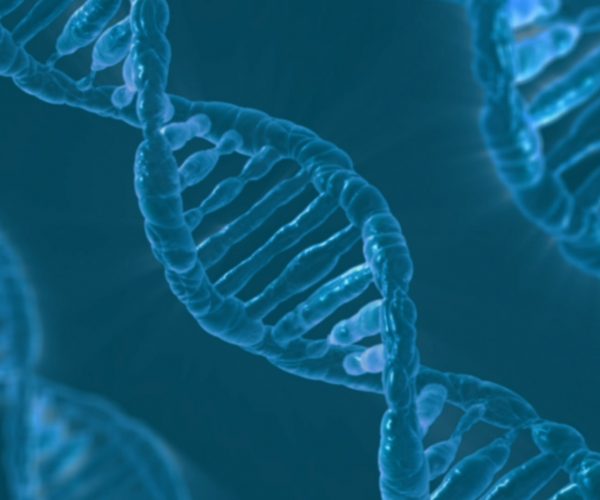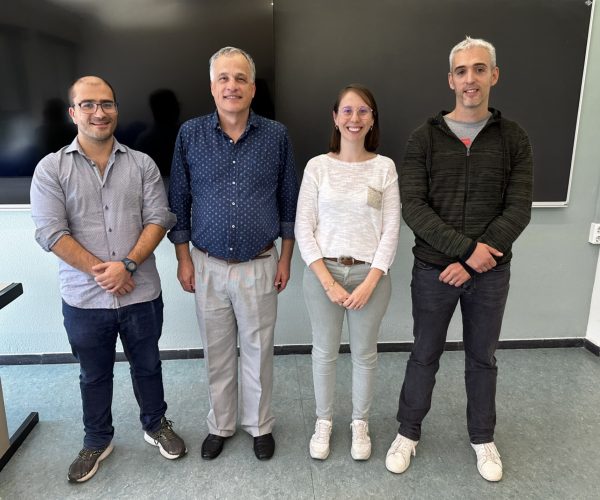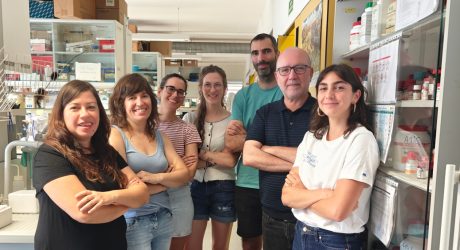An IDIBGI study reveals the link between microbiota, antiviral response, and insulin resistance
- The research, published in the scientific journal “Gut,” is an exceptionally broad analysis, examining six different population groups, the main tissues involved in glucose and insulin metabolism, and various layers of biological regulation, all using complex computational methods for data integration.
A study by the Girona Biomedical Research Institute Dr. Josep Trueta (IDIBGI) reveals associations between the presence of proteobacteria as components of the microbiota in various organs and insulin resistance. Different bile acids and a set of immune system-related genes were also associated with insulin resistance. One of the most valuable aspects of these findings, published in the scientific journal “Gut,” is the exceptional breadth of the analysis in several aspects: the variety of included population groups, the number of tissues where microbiota was examined, and the levels of biological regulation that were studied.
This study is led by researchers from IDIBGI and CIBERObn: Dr. José Manuel Fernández-Real, head of the Nutrition, Eumetabolism and Health research group and head of the Endocrinology section at Trueta Hospital; Dr. Jordi Mayneris-Perxachs, head of the Systems Medicine and Integrative Biology research group; Dr. Anna Castells-Nobau, postdoctoral researcher for both groups; and Dr. José Maria Moreno Navarrete, senior CIBER researcher in the Nutrition, Eumetabolism, and Health group.
Insulin is a hormone that helps the body control blood sugar, or glucose, levels. Increased insulin sensitivity (or low resistance) allows body cells to use blood glucose more efficiently, reducing its level in the blood. The IDIBGI team found an association between insulin resistance and proteobacteria (a component of the microbiota), bile acids, and a set of immune system-related genes.
To achieve these results, the team studied microbiota present in the main tissues involved in glucose and insulin metabolism: adipose tissue, liver, and the intestine (small and large). Additionally, the study was conducted in six different groups of people from various origins, with consistent results across all of them.
Another distinguishing feature of this research was the analysis, in all these population groups and tissues, of a wide range of factors involved in different layers of biological regulation, that is, examining what happens at the genetic level, lipid and metabolite regulation, or in the microbiota of the intestine, liver, and adipose tissue. To decipher all this information, complex computational methods for data integration and machine learning were used to observe how all this data relates and draw conclusions to determine how they connect.
To investigate the influence of proteobacteria on insulin resistance, the team complemented the study by examining the effects of a species of proteobacteria, Enterobacter Cloacae, on fruit flies (Drosophila melanogaster). When administered Enterobacter Cloacae in their diet, it was observed that, when these flies had high amounts of this microorganism in their microbiota, they absorbed sugar much more slowly. At the same time, it was noted that a group of genes was deregulated in various organs, comparable to genes associated with insulin resistance in humans.
Finally, the study also identified a set of genes involved in the body’s viral response, which were overexpressed when glucose levels were elevated. This association was examined in three of the population groups and four tissues (adipose tissue and three different parts of the intestine).
This research provides a wealth of information to better understand the link between the gut, adipose tissue, and liver. The findings identify elements influencing gene expression related to insulin resistance, opening the door to the future design of therapeutic strategies based on microbiota composition, such as reducing proteobacteria levels.
Researchers from the IDIBGI General and Digestive Surgery group collaborated on this study, along with researchers from the French National Institute of Health and Medical Research (INSERM) and the Pasteur Institute of Lille, the Imperial College in the UK, and, in Spain, researchers from the Navarra Health Research Institute, the Santiago de Compostela Health Research Institute, the Córdoba Health Research Institute, the Málaga Biomedical Research Institute, and the Foundation for the Promotion of Health and Biomedical Research of the Valencian Community (Fisabio)-CIBEROBN.
Reference article: Castells-Nobau A, Moreno-Navarrete JM, de la Vega-Correa L, et al. Multiomics of the intestine-liver-adipose axis in multiple studies unveils a consistent link of the gut microbiota and the antiviral response with systemic glucose metabolism. Gut. Published Online First: 02 October 2024. doi: 10.1136/gutjnl-2024-332602




